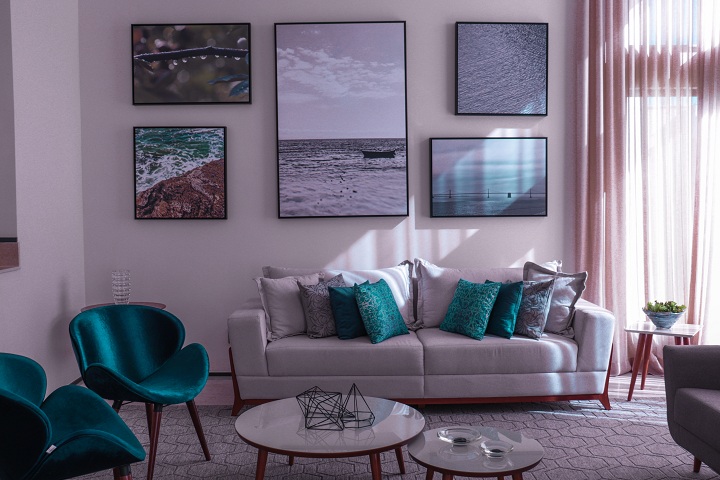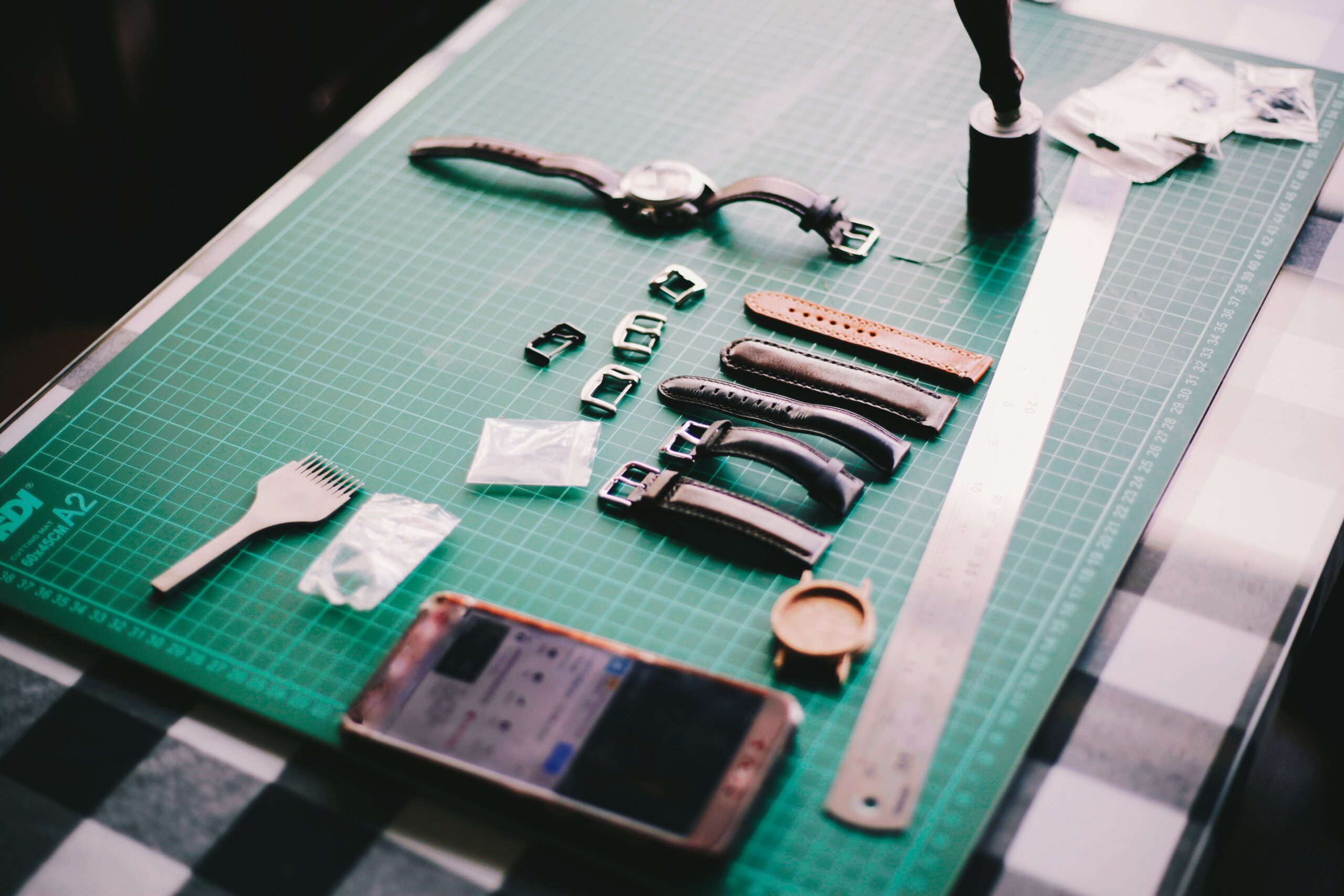Have you ever heard of the phrase, “We need to go home to find ourselves?” Home is the only place you can relate to and feel mentally secure. After a stressful day or dealing with anxiety and depression, you want to retreat to a familiar, soothing environment. However, the state and appearance of the house will determine how you feel about getting inside; do you feel relaxed, or does anxiety creep in? Your interior design tells it all.
In this article, look at how interior design can affect your well-being.
Sunlight and Mood
Sunlight can brighten up your mood, so it would be best to design your rooms, allowing space to filter in light. According to psychologists, sunlight has a significant impact on depression. Whether you get it through a small window or go outside, sunlight can reduce the symptoms of depression and lift your mood. Sunlight enhances human well-being at work and home, and a continuous lack of it can increase anxiety and sadness.
Psychologists emphasize the benefits of natural light to human well-being. Therefore, it is advisable to design your home’s interior, allowing sufficient light to filter in, especially during the morning.
The Impact of Interior Space
Did you know you can lift your spirit by expanding your home’s interior space? Many people do not understand that a sense of spaciousness goes a long way to elevate your mood. Space gives you room for creativity, making you happier and livelier. Research shows people are more creative in spacious rooms with high ceilings than in cramped quarters.
There are several ways to achieve this. First, reducing clutter can increase your home’s interior space. You can involve a professional interior designer to help with furniture arrangement, organization, and lighting. They can also recommend the most appropriate design to make your room appear more spacious. On the other hand, you can identify well-designed homes with the help of reputable agents like Hauzisha.
Add More Elements
Bring in the elements that make you feel more relaxed and less anxious. Including the beauty of nature, such as flowers, plants, and water, creates a more comforting environment and can help lift your mood. Whatever brightens your spirit, grass mat, animal fur, or a live plant, include them in your interior design and see your well-being getting better.
The ancient practices celebrate textures and shapes representing natural elements like fire, water, earth, wood, and metal. Nonetheless, you can incorporate these elements in various forms. For example, pools and fountains represent water, but you can include reflective surfaces and mirrors in your design to achieve a similar effect. Designing a fireplace or candle corner helps bring in the psychological benefits of fire.
The Effect of Color
Color is one of the most documented mood-altering interior design elements. Interior designers and researchers continually review their places on the effects of color. Besides the psychological benefits and traits, each color’s saturation, shade, and brightness significantly impact emotional well-being.
The brighter, less saturated colors have a relaxing effect; the brightness depends on the amount of white in the color. While experts associate a true red color with anxiety, a pale pink shade that is brighter and less saturated delivers a soothing effect. Therefore, you should include brighter colors in your design, especially when dealing with a mental issue like depression or anxiety. It is suitable for your mental well-being.
Adding Art to Your Home
Numerous studies suggest that looking at artistic elements can significantly impact your mental health. However, like color psychology, the psychology of artworks is according to social norms means that some art pieces can deliver negative and somber emotions. In many cases, you will likely react to art according to your experiences and tastes. However, having a personal expression and beauty are among the most viable ways of creating restorative and welcoming spaces.
Art in your home could be an inexpensive print or an original masterpiece. You can include The following pieces of art in your design to brighten up your daily mood.
- Pottery
- Silver pieces
- Ceramics
- Dishware
- Decorative pieces
- Sculptures
When you get home from a stressful working day, you will likely feel better looking at your favorite piece of art.
Consistency and Balance
If all the furnishings in your house feel like they belong, you too will feel at home, even after a long, stressful day; create that balance. Balance and consistency are the most essential principles of interior design that affect your mental health.
You do not necessarily have to buy matching pieces. However, let your interior designer try creating cohesion, meaning you can see an indirect similarity from one point to the next. That way, your home feels more welcoming and peaceful. The importance of cohesion is that it makes a room easier to digest. Walking into a room that is too much to handle would hurt your already stressed mind.
Interior design has a significant impact on your mental and emotional well-being. It would help to hire a professional to help you create a homely environment to which you will always want to return.






